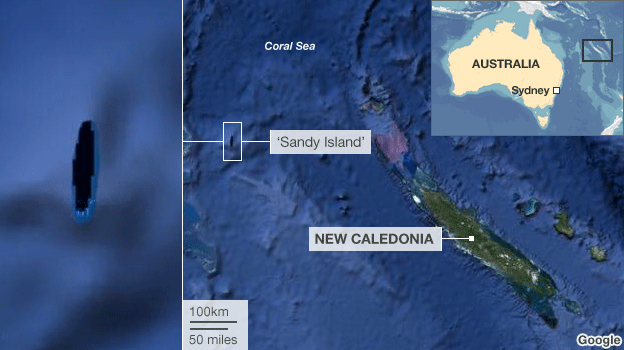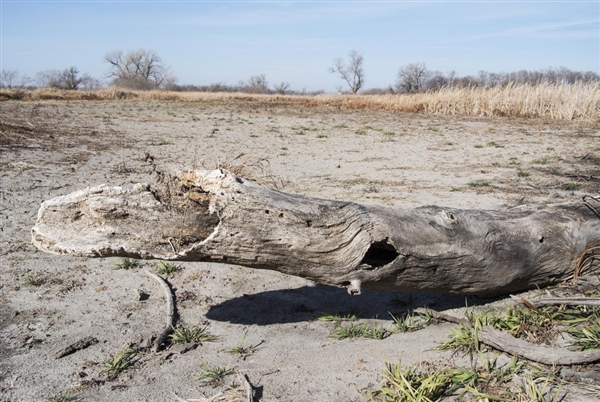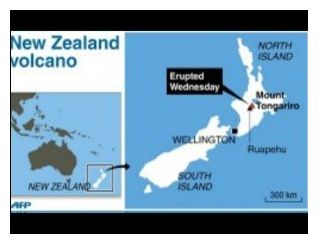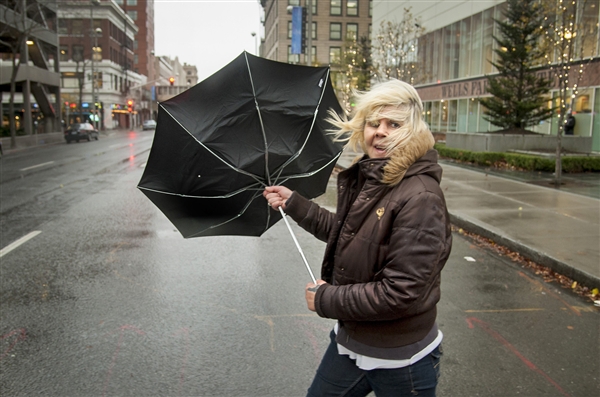
© BBC NewsCartographers everywhere are now rushing to undiscover Sandy Island for ever.
A South Pacific island, shown on marine charts and world maps as well as on Google Earth and Google Maps, does not exist, Australian scientists say.
The supposedly sizeable strip of land, named Sandy Island on Google maps, was positioned midway between Australia and French-governed New Caledonia.
But when scientists from the University of Sydney went to the area, they found only the blue ocean of the Coral Sea.
The phantom island has featured in publications for at least a decade.
Scientist Maria Seton, who was on the ship, said that the team was expecting land, not 1,400m (4,620ft) of deep ocean.
"We wanted to check it out because the navigation charts on board the ship showed a water depth of 1,400m in that area - very deep," Dr Seton, from the University of Sydney, told the AFP news agency after the 25-day voyage.
"It's on Google Earth and other maps so we went to check and there was no island. We're really puzzled. It's quite bizarre.



Comment: This is not good news for those already struggling to put food on the table, as food prices are sure to rise.